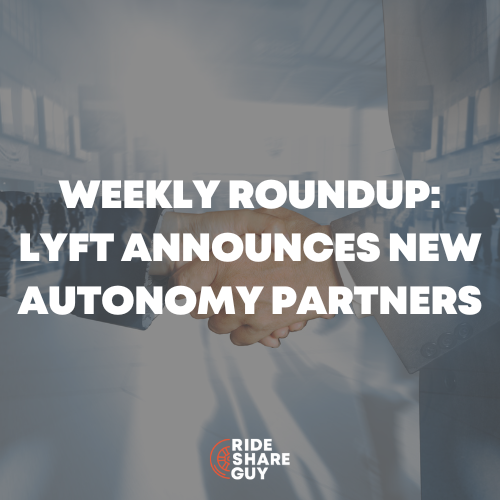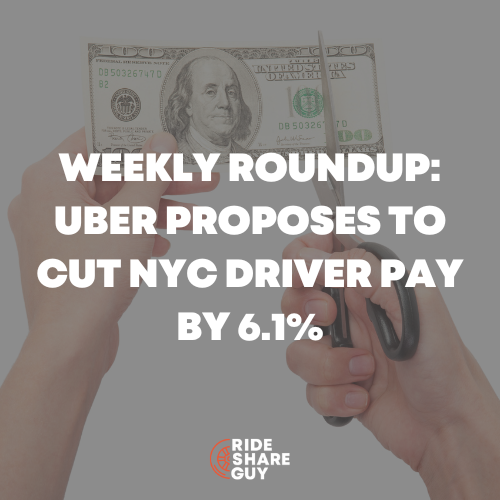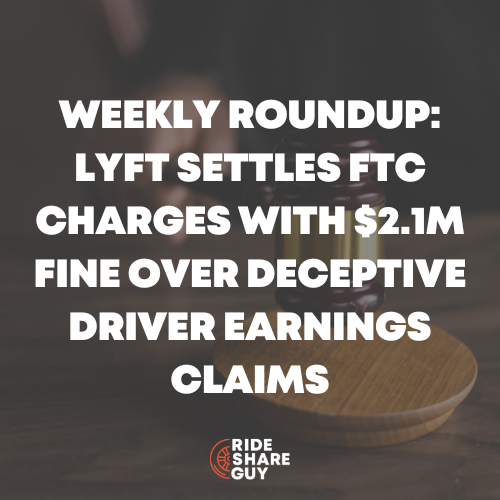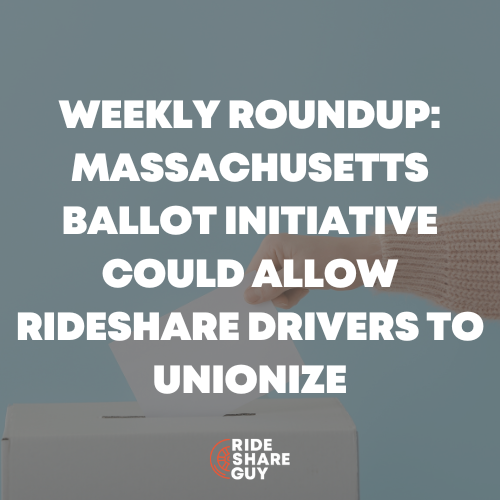Riders are back in force, with demand at almost at pre-pandemic levels in Los Angeles even with the higher ride prices. Uber and Lyft both are suffering from a driver shortage and are blaming the higher cost of passenger rides on a lack of drivers. But have Uber and Lyft really just churned through their driver base? Senior RSG Contributor Sergio Avedian digs into the subject.
I personally thought unemployment benefits, as well as federal Pandemic Unemployment Assistance (PUA) for independent contractors, was the biggest reason for the driver shortage. After talking to a lot of drivers, the driver shortage may continue for a lot longer.
I was idle for almost two years but was lured in with extremely high bonuses offered by Uber a couple of weeks ago. I made close to $700 in about ten hours of driving ($65 per active hour).
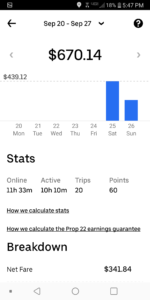
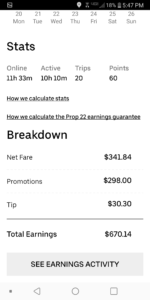
From the short amount of time I was out there, the demand for rides was non-stop and surge was plentiful. This is as good as it will get for drivers, so go get the money!
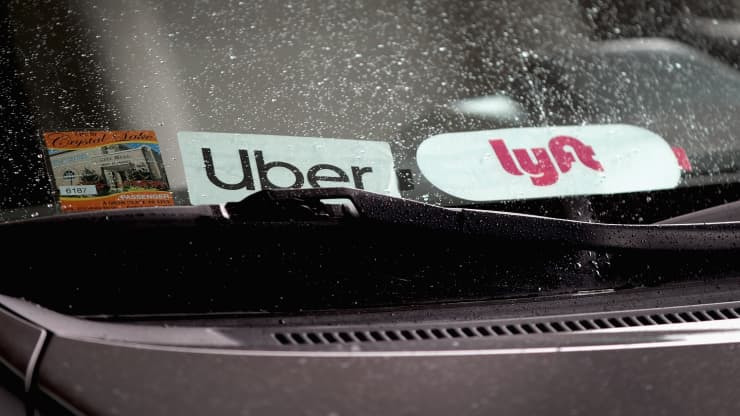
What Are Uber and Lyft Doing About the Driver Shortage?
After a dramatic decline in travel during the pandemic, people are ready to get moving again. In many cases, they’re turning to rideshare for their transportation needs.
Uber and Lyft are still struggling to bring drivers back to pre-pandemic levels, leading to longer wait times for customers and much higher prices. There are a handful of factors at play when it comes to getting drivers back and convincing new ones to sign up.
A few months ago, Uber announced a $250 million incentive program to boost driver earnings in an effort to encourage them to come back. The company said median wages are also up in major cities because there are more customers seeking trips than drivers to provide them, hiking up fares.
During the Uber quarterly earnings conference call in May, Uber CEO Dara Khosrowshahi claimed“One of our top priorities is to rebuild the driver base… With demand currently outstripping supply, driver earnings are at historically elevated levels.”
Our own Harry interviewed the CEO of Uber in August. Dara Khosrowshahi mentioned that Uber is seeing a 5% increase in driver sign-ups, but that is not a large enough number as far as I am concerned, considering that more than 80% of drivers quit driving rideshare in less than a year.
There was already a big problem with driver churn, and the pandemic has made the situation much worse.
Reasons Why Drivers Won’t Return to Rideshare
When I am out driving, I speak to other drivers as much as I can. Most of them said the coronavirus pandemic provided the first glimpse in years at what life after Uber/Lyft could be like. Here are several reasons why drivers may not return to rideshare:
1. Drivers Need a Reset
For many of them, it was a meaningful and necessary reset that gave them a better understanding of the toll rideshare had taken on their bodies, their mental health, and their vehicles. It was the unexpected push they needed to finally begin their lives after Uber.
2. Earnings are Not the Same as the Early Days
A lot of the drivers mentioned they realized the ridesharing gigs were not the same jobs they signed up for in the early days of Uber/Lyft.
In “the good old days”, drivers were incentivized with promotions and what they regarded as sustainable wages. Both Uber and Lyft have cut the rates for their drivers time after time in the past 4-5 years.
Now, Uber just pays 60 cents a mile and 21 cents a minute and Lyft pays 80 cents a mile and 12 cents a minute in Los Angeles. That is enough reason for drivers not to come back.
“It’s very much not a career,” said one driver I spoke to in Los Angeles, who has taken advantage of the higher promotions as I did, and I totally agree with him.
3. Switching to Food Delivery
In addition, many of the drivers who stopped giving rides switched to delivering food, which was seen as a less risky gig, albeit lower pay. Many turned to food delivery through Uber, DoorDash or other apps as demand exploded for delivery of meals, household items, and groceries via Instacart.
Are you ready for a new type of gig work? Sign up for Instacart here!
4. Costs Associated with Rideshare Driving
We actually asked this question of drivers in one of our recent videos, Is It Slowing Down For Lyft And Uber Drivers And Gig Workers?, and drivers shared some interesting perspectives on whether or not they’d return to rideshare driving. One concern? The cost of, well, everything going up!
“The market is saturated with workers. It makes it hard for us full-time people. Everyone is using their parents’ vehicles and driving the pay down per gig.
Gas is rising up and up and up. It will hit $5.00 a gallon within a year. The time to get out is basically now…It’s definitely time to pull back and approach this industry from a different angle.
I’m going to save up for a hybrid vehicle. I can’t afford the gas anymore and do what I like to do. I have to have a hybrid so that means working until I can purchase the correct equipment for my work.”
Another driver noted earnings have dried up, affecting how much they’re able to earn and their ability to pay bills:
“When I left for Oregon from Tennessee 3 months ago, I was making almost $700 a week in Clarksville, I made almost $600 in 3 days in Nashville, and my partner made almost $900 2x’s in OR.
Since I’ve been back, I’m lucky if I can make $70 a day. And I need to make over $116 a day in order to pay bills. So it’s stressing me out a lot because I’m getting behind in bills now that I’m back in the Nashville area.”
My Take
Now that federal unemployment benefits have run out for independent contractors, will the drivers come back in full force or have Lyft and Uber reached the bottom of the barrel with their outrageous driver churn?
I would say that as long as rideshare companies are offering heavy incentives, drivers will come back, but when the bonuses disappear, so will the drivers.
I had to visit the Uber Greenlight Hub before I started driving, and what caught my attention is how slow it was at their major hub in midcity Los Angeles. In the old days, there would be hours of waiting before you could talk to an Uber representative.
I drove a total of 20 hours the past two weekends. I frequently have my passenger app on to see where other drivers are in order to position myself. I truly can say that other than maybe one other car miles away, I was the only driver available in the area.
This also coincided with me receiving 5-7 mile away ride requests, proving the theory that there is truly a driver shortage. Gone are the days that my passenger app looked like this.
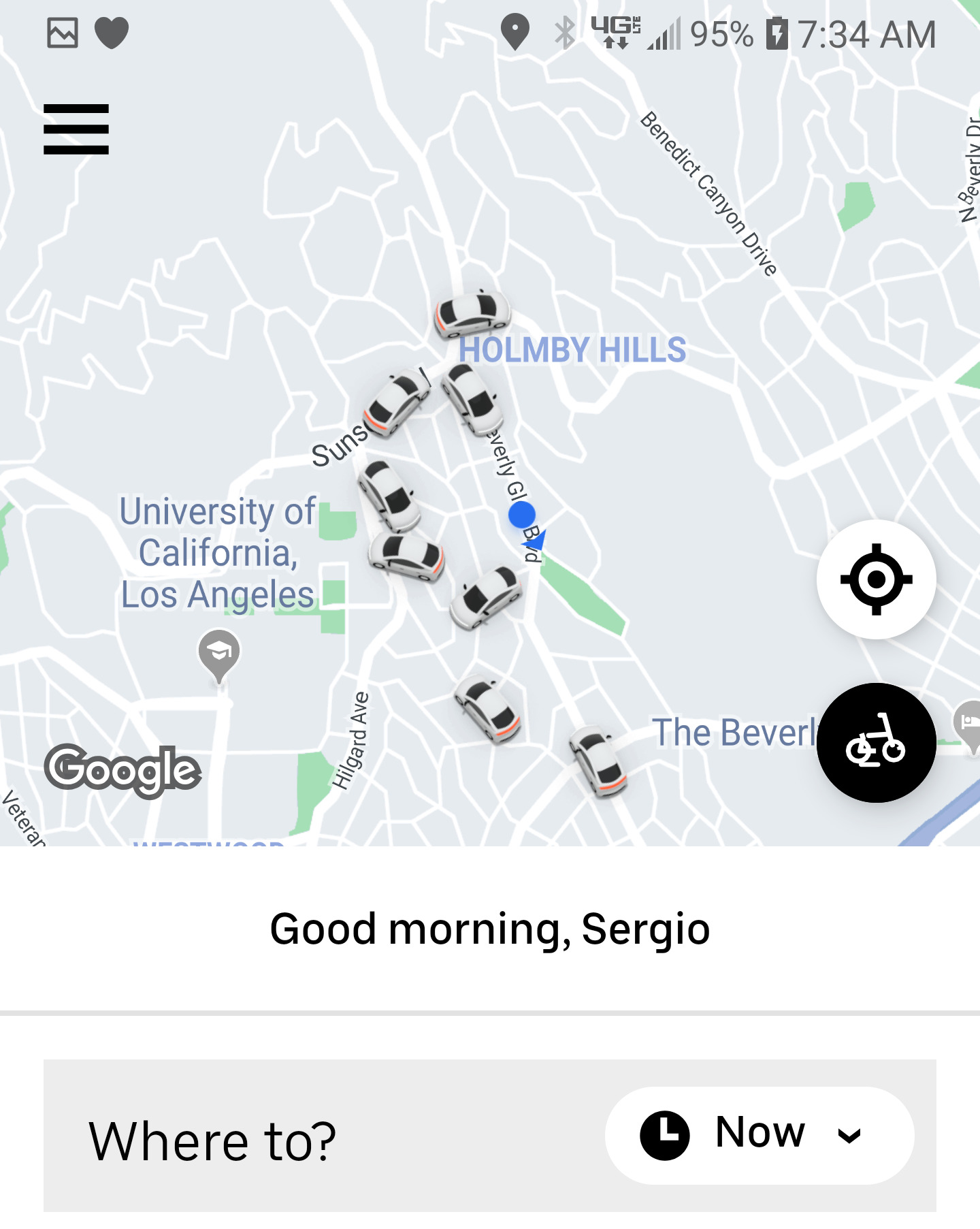
So what do you think? Is the gig of full-time rideshare and full-time drivers gone? Where does it leave part-time drivers?
Or do you think I’m completely wrong and drivers will return to rideshare as soon as they feel safe enough to do so?
-Sergio @ RSG
